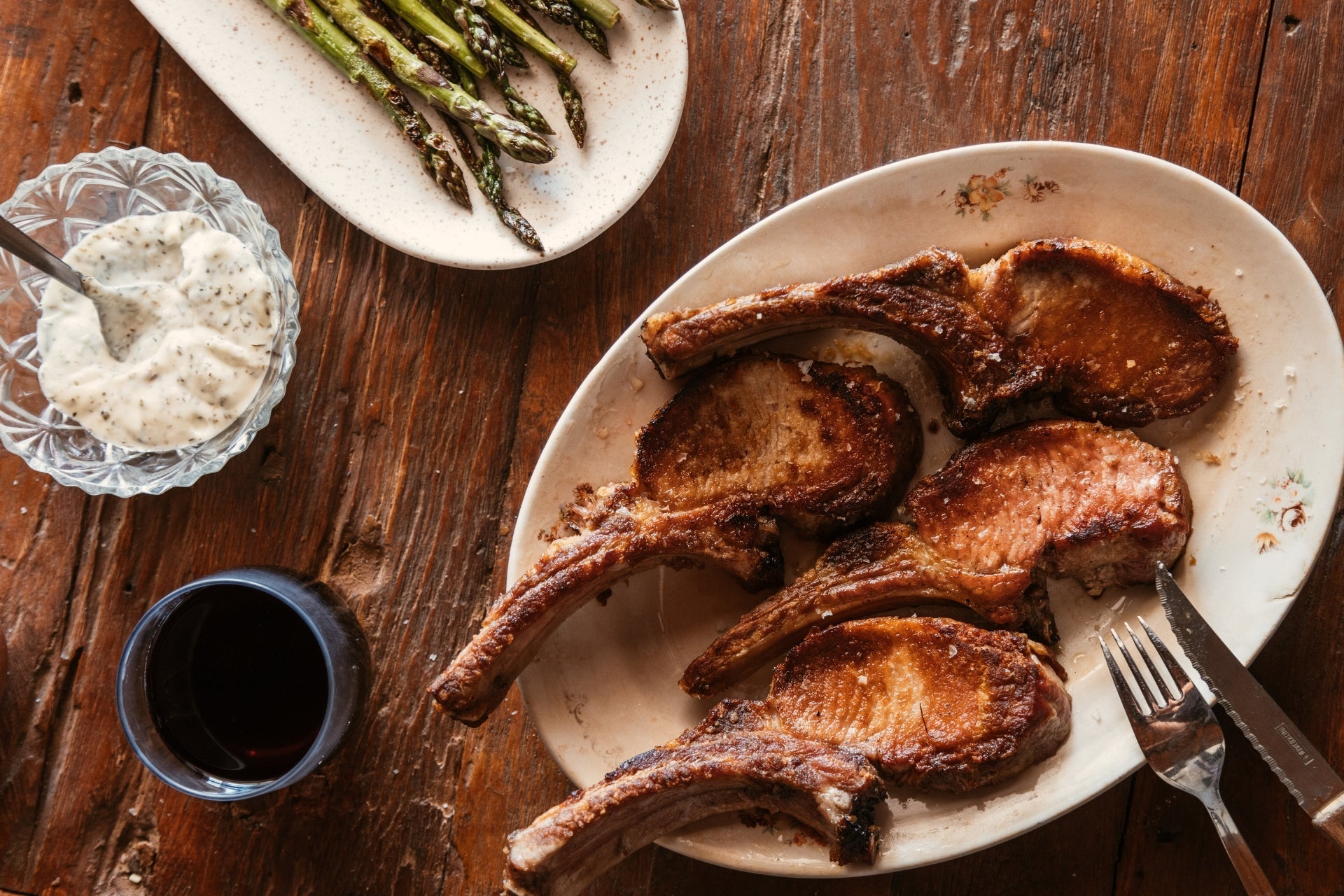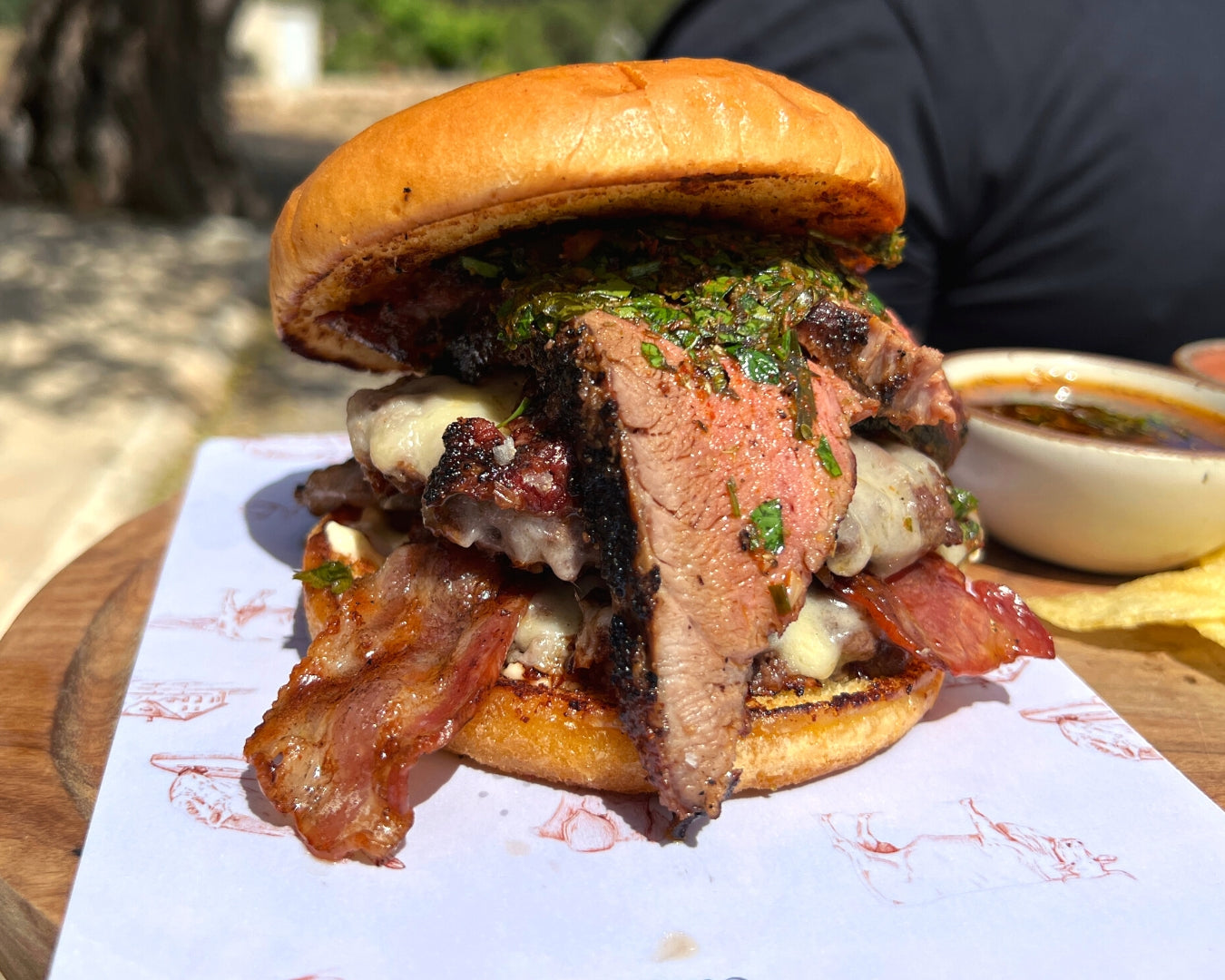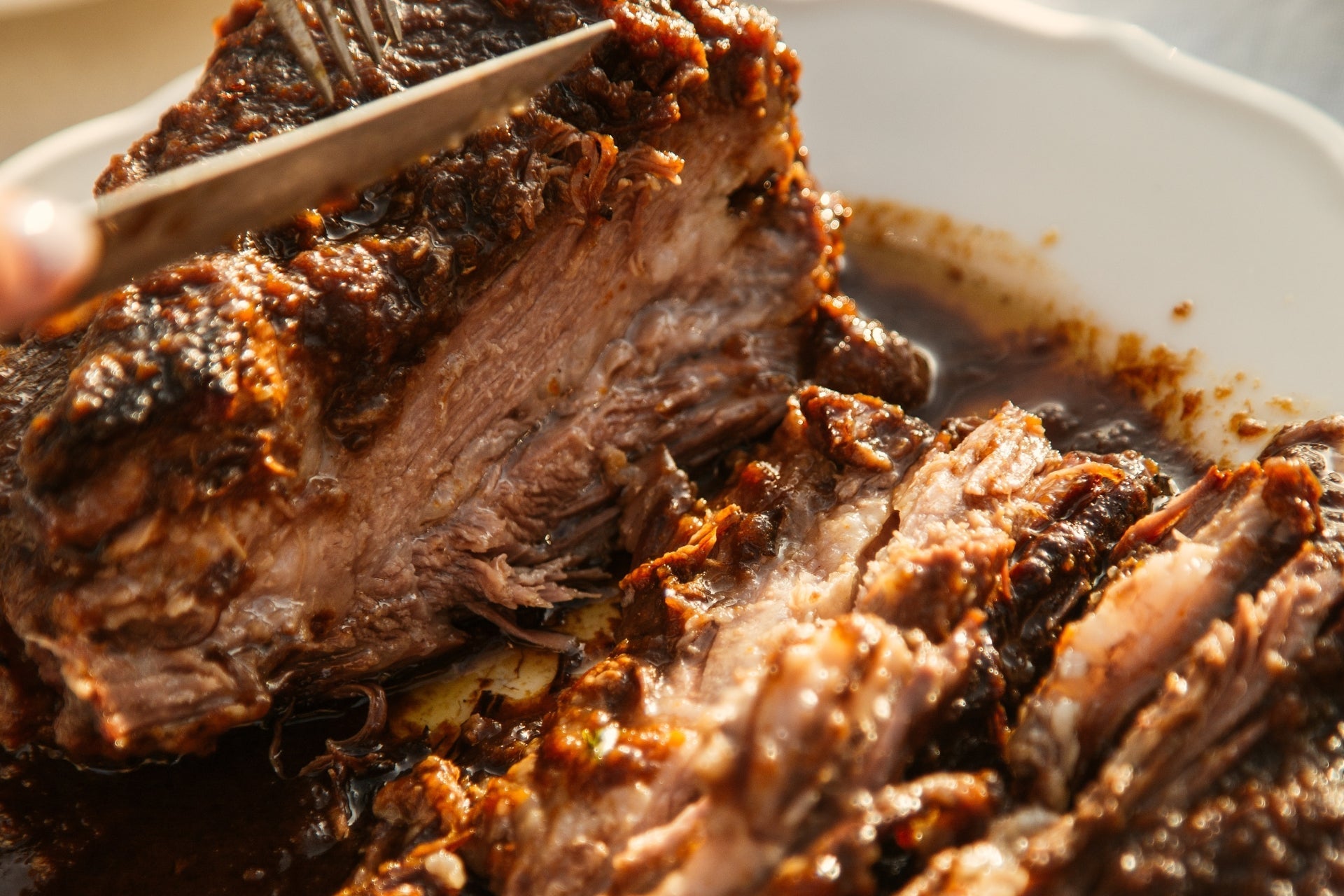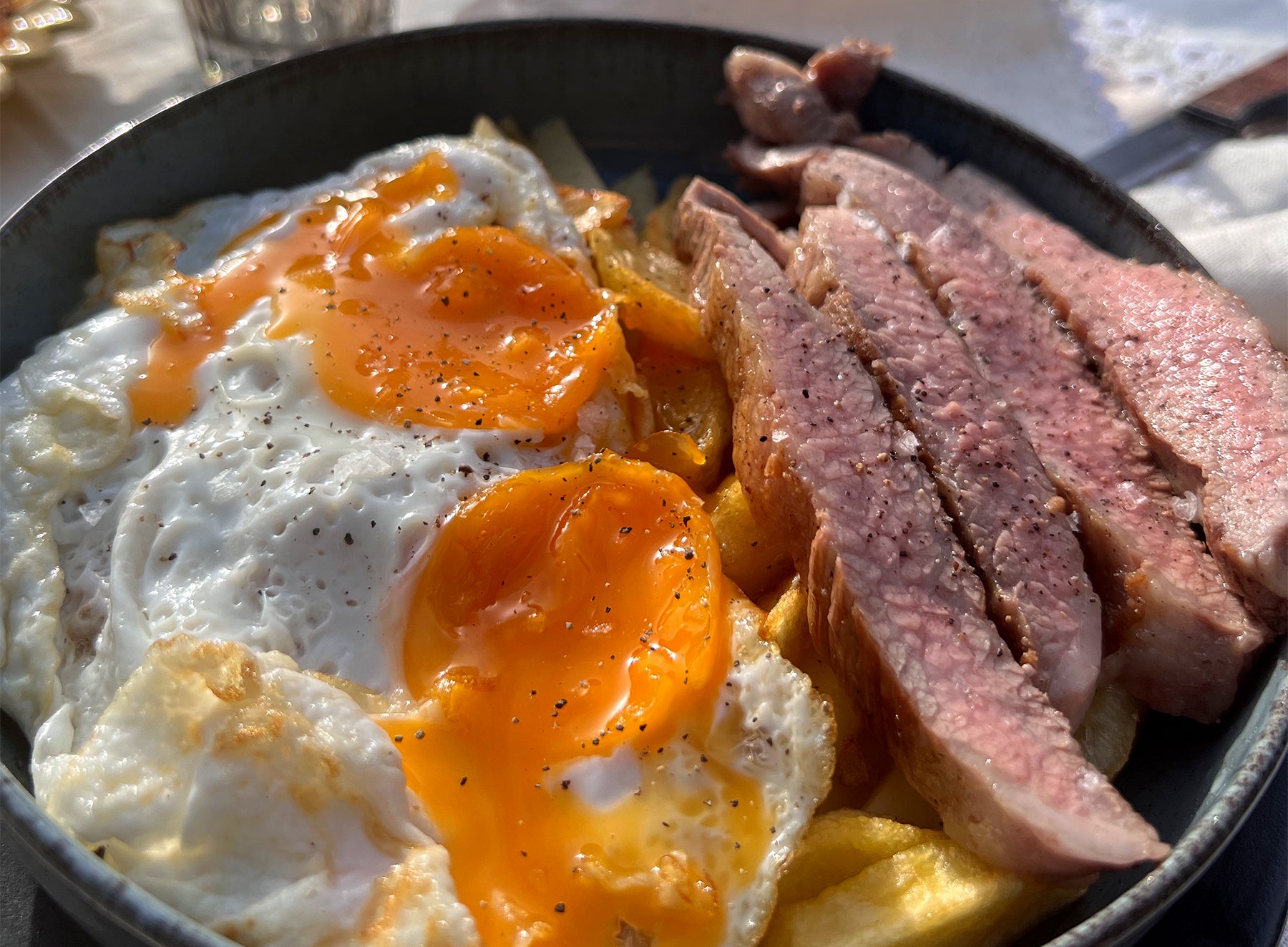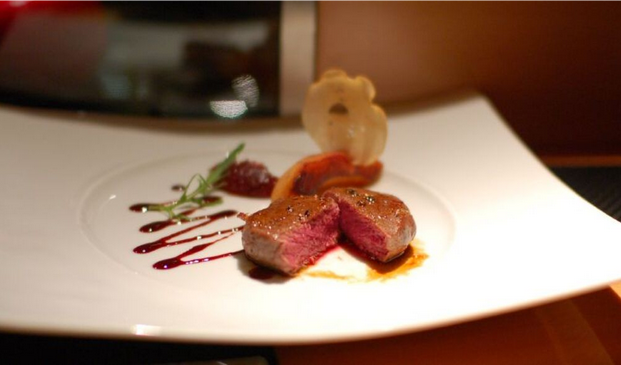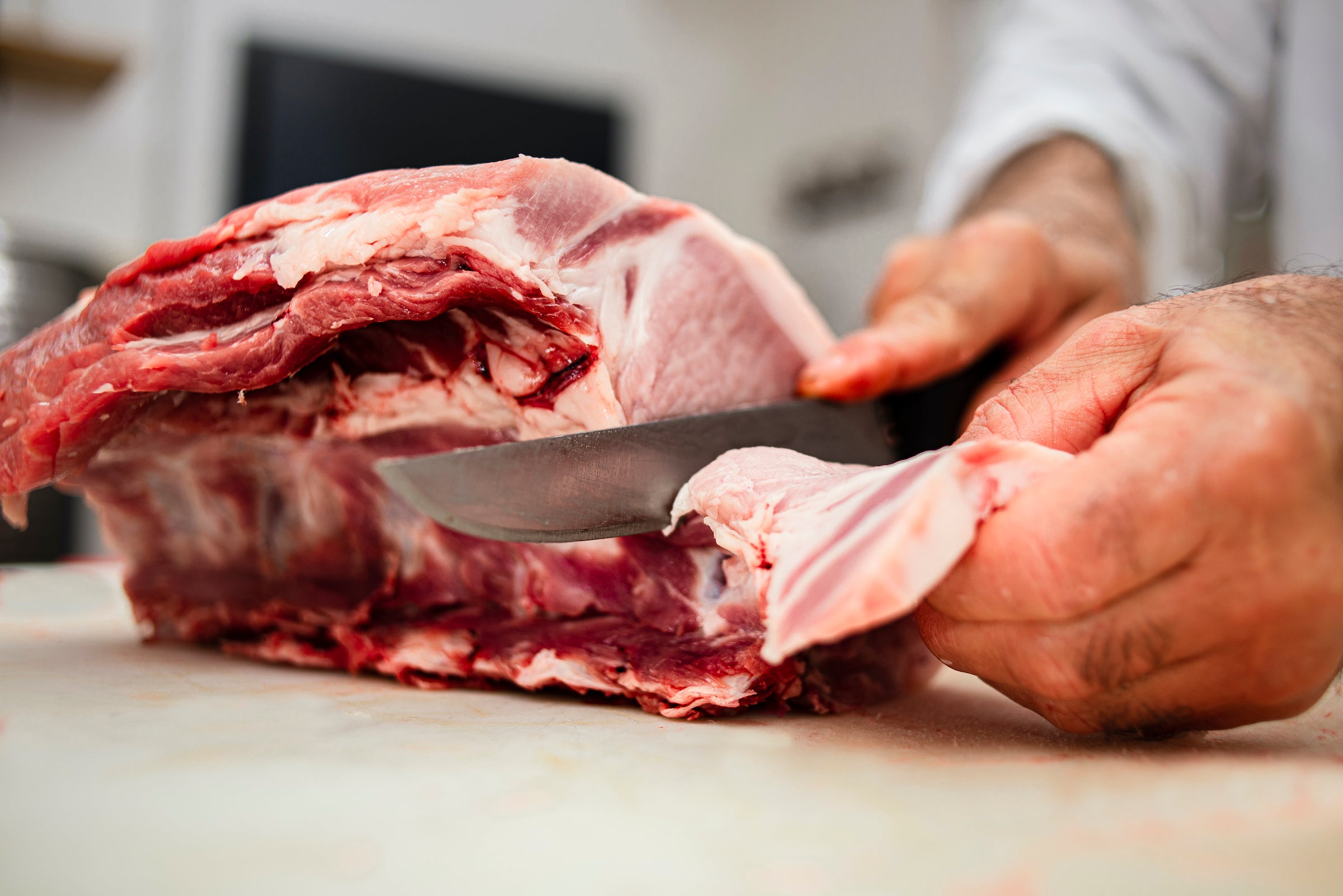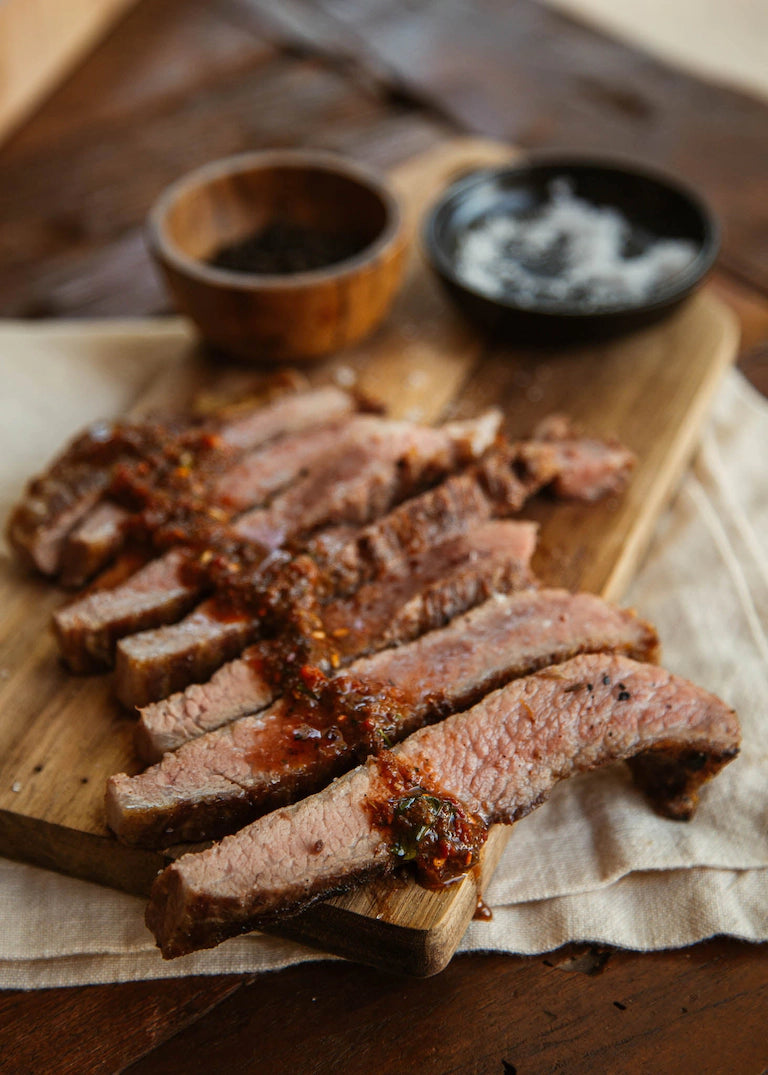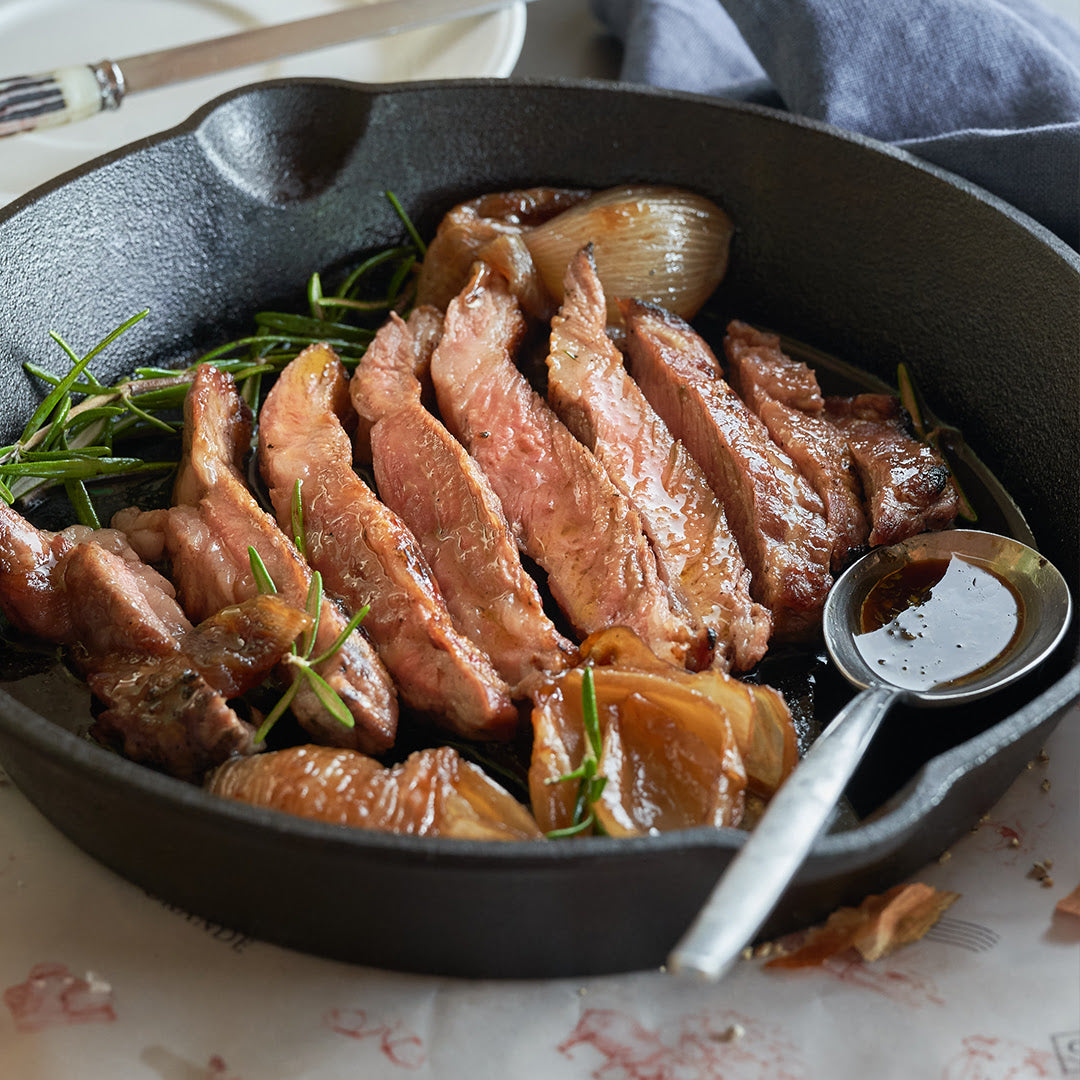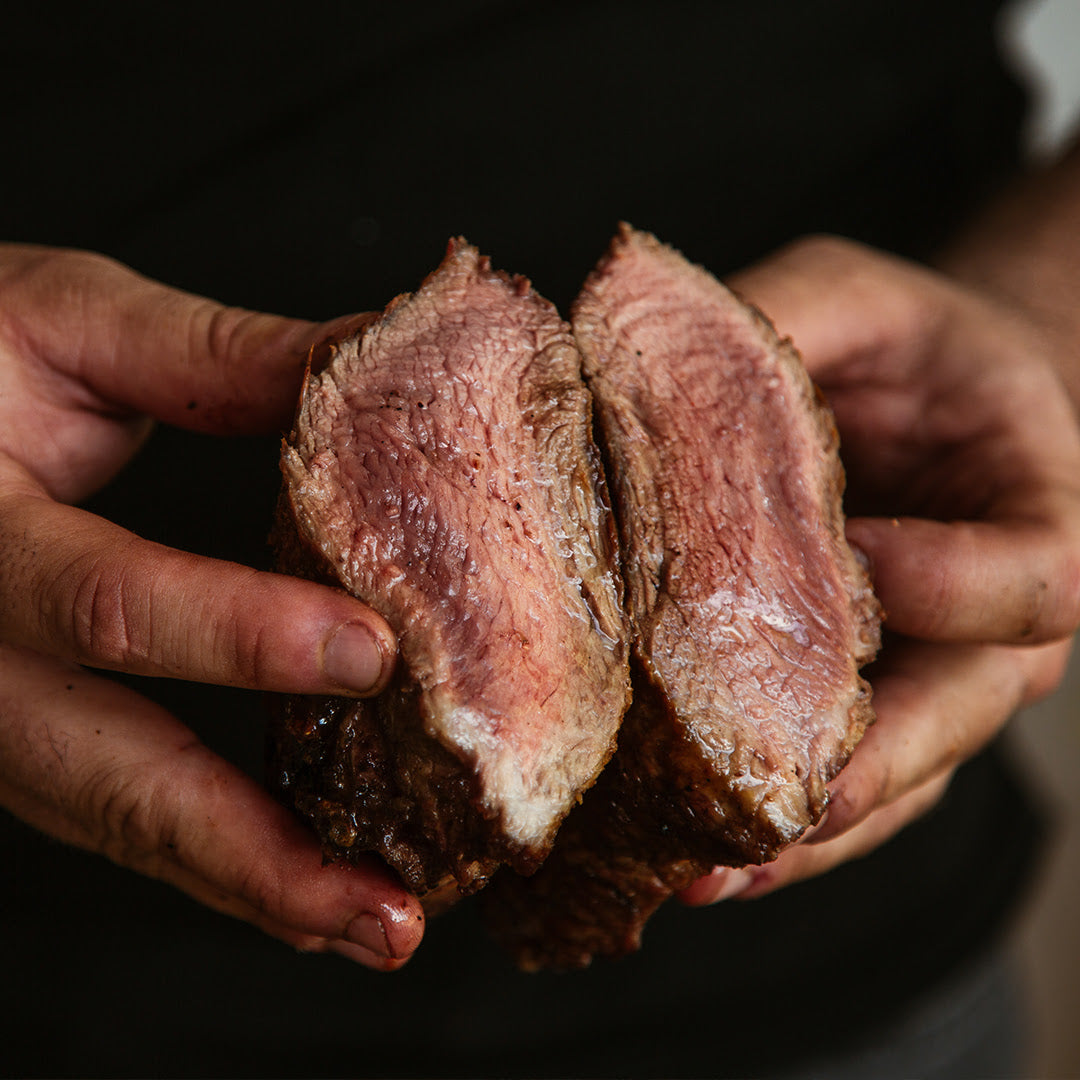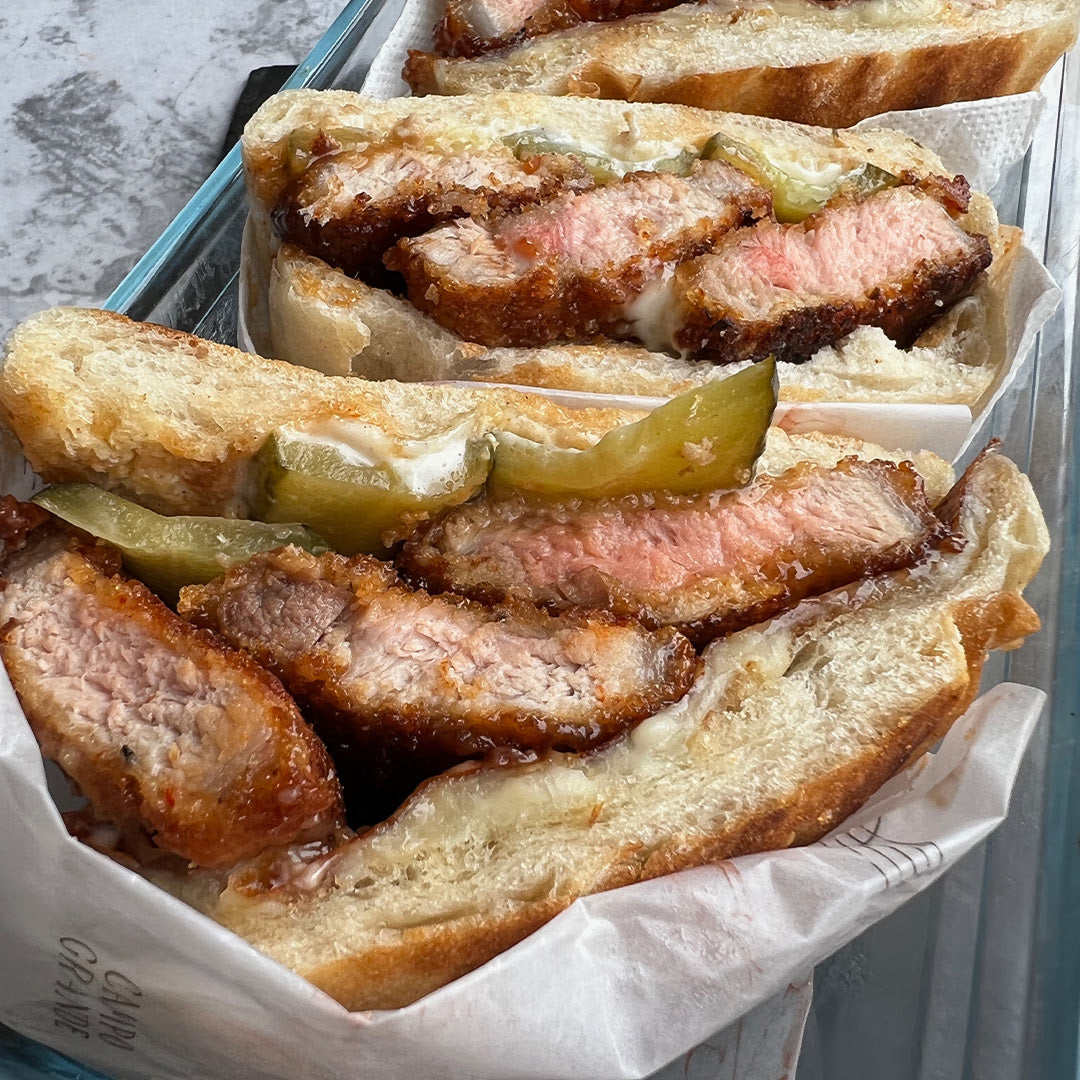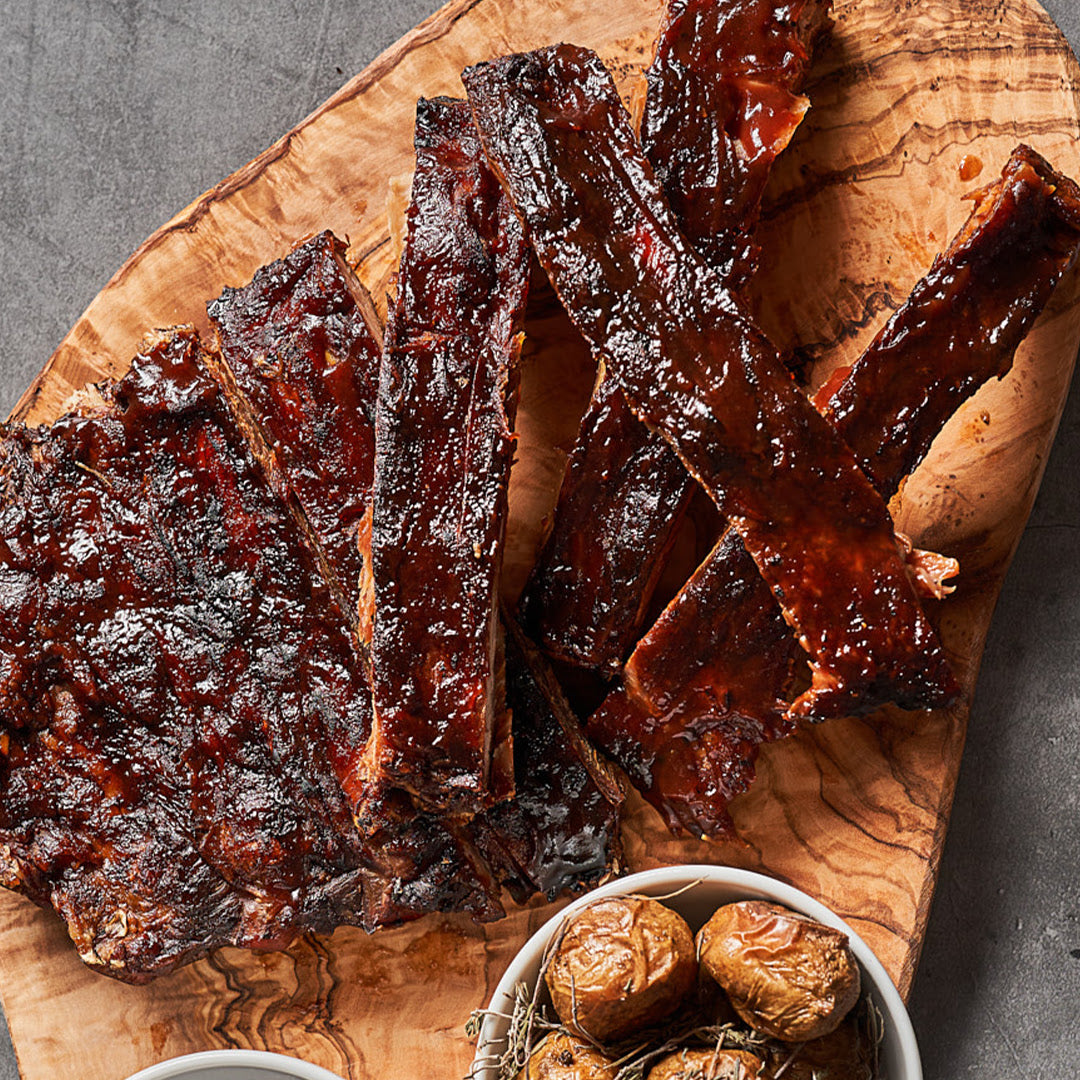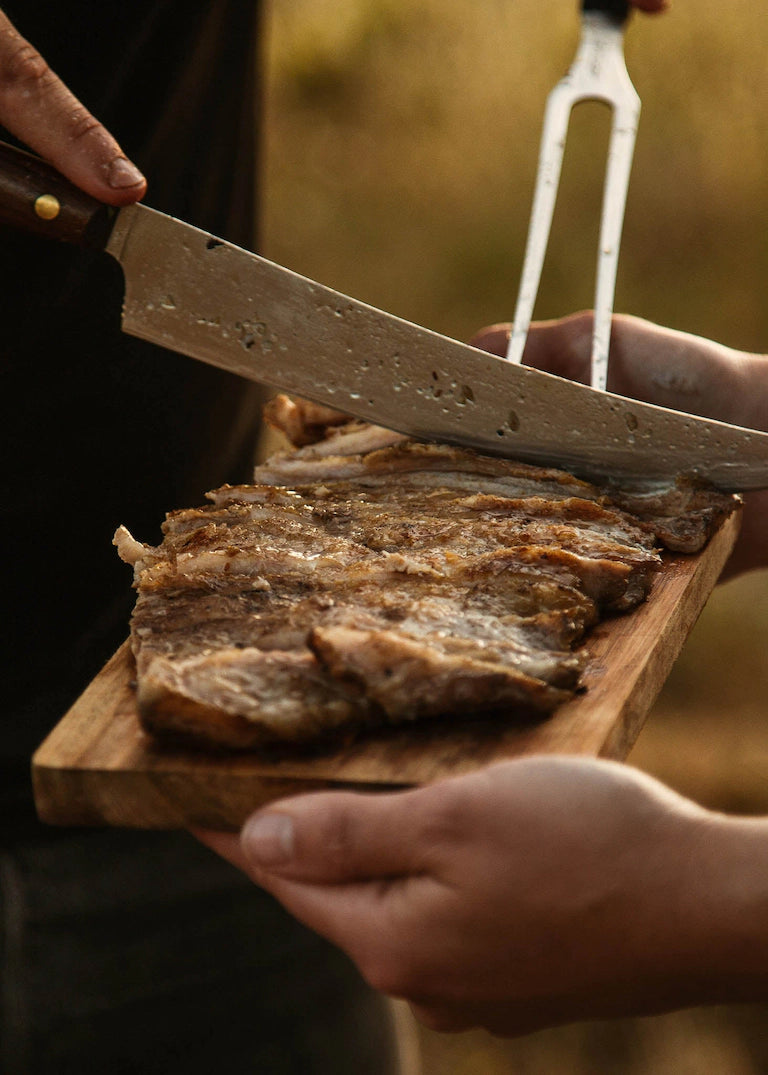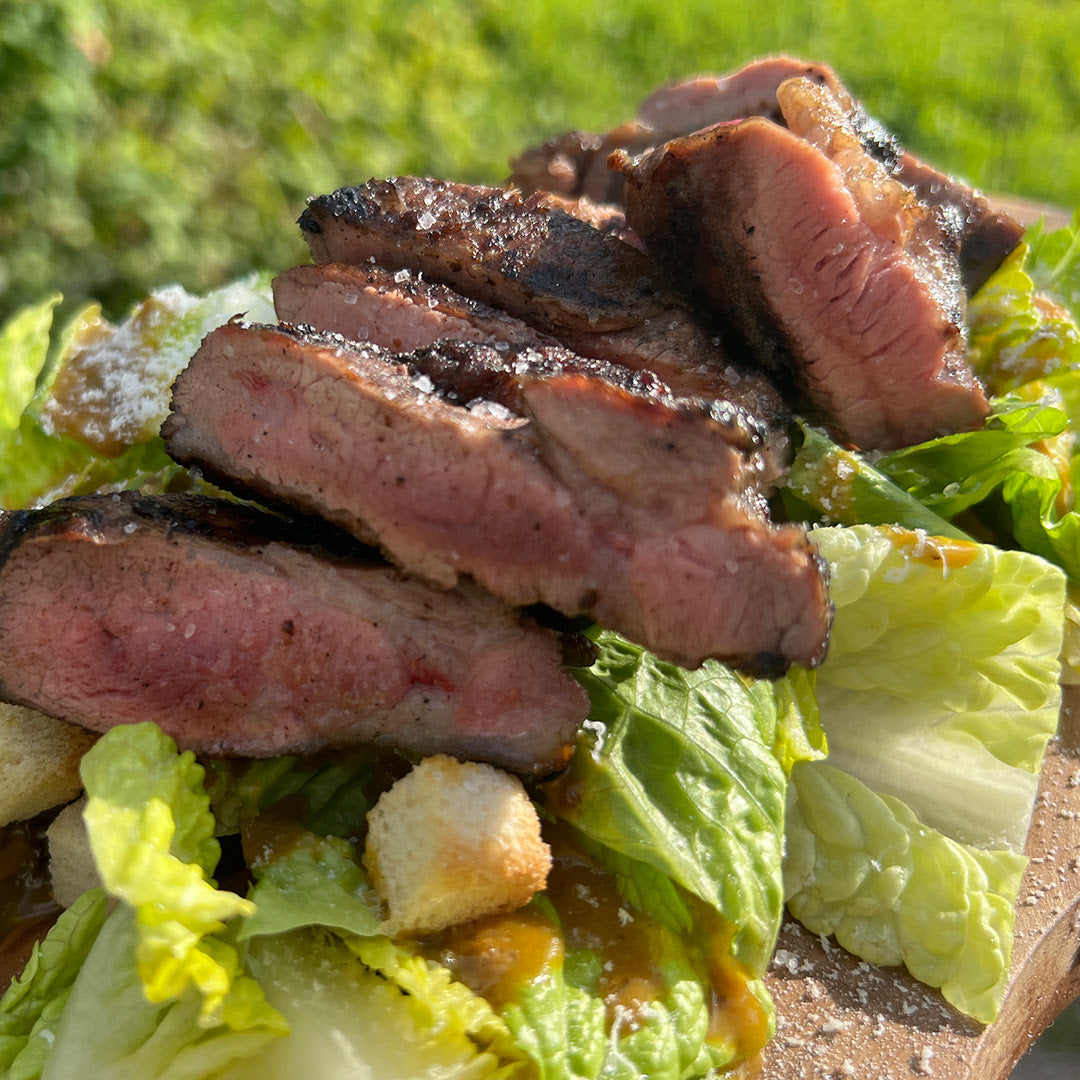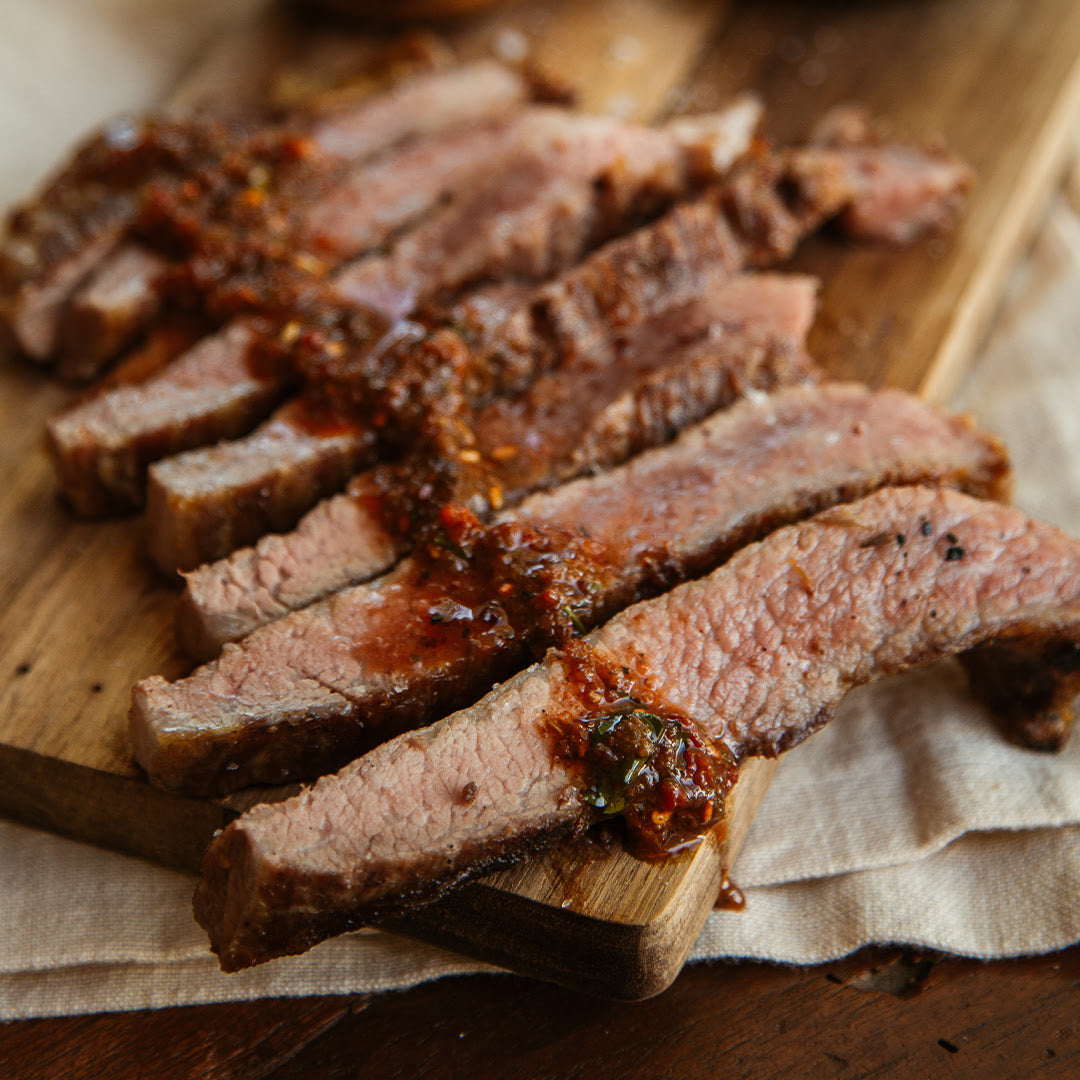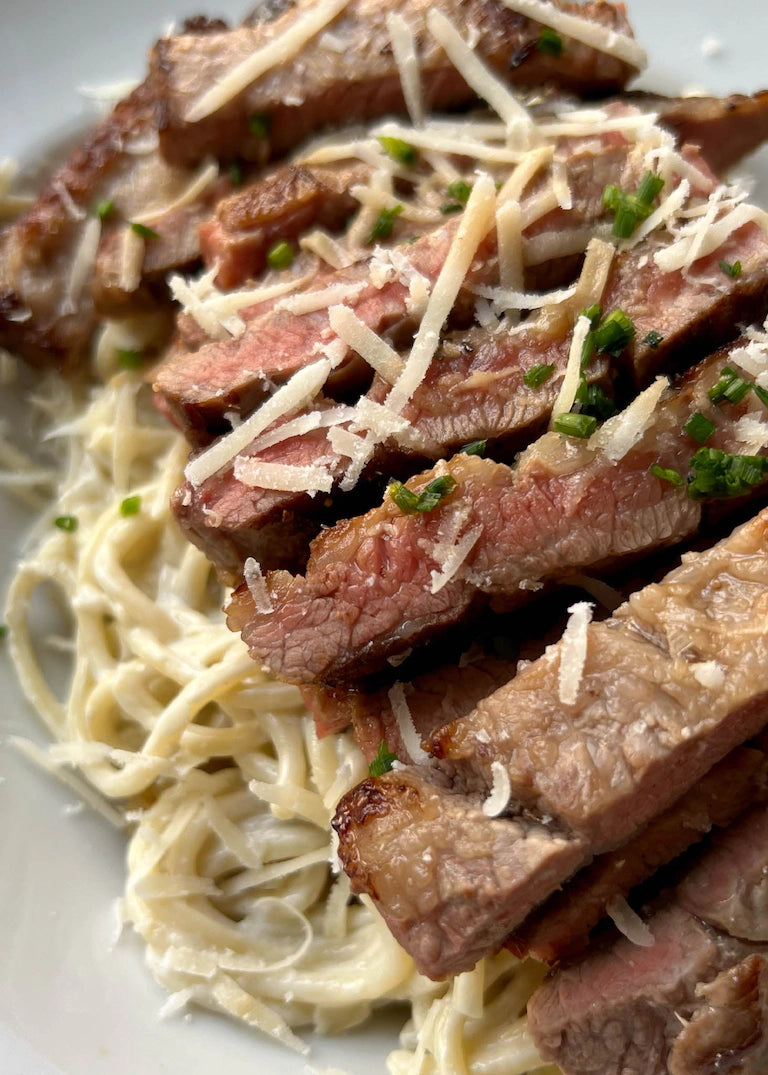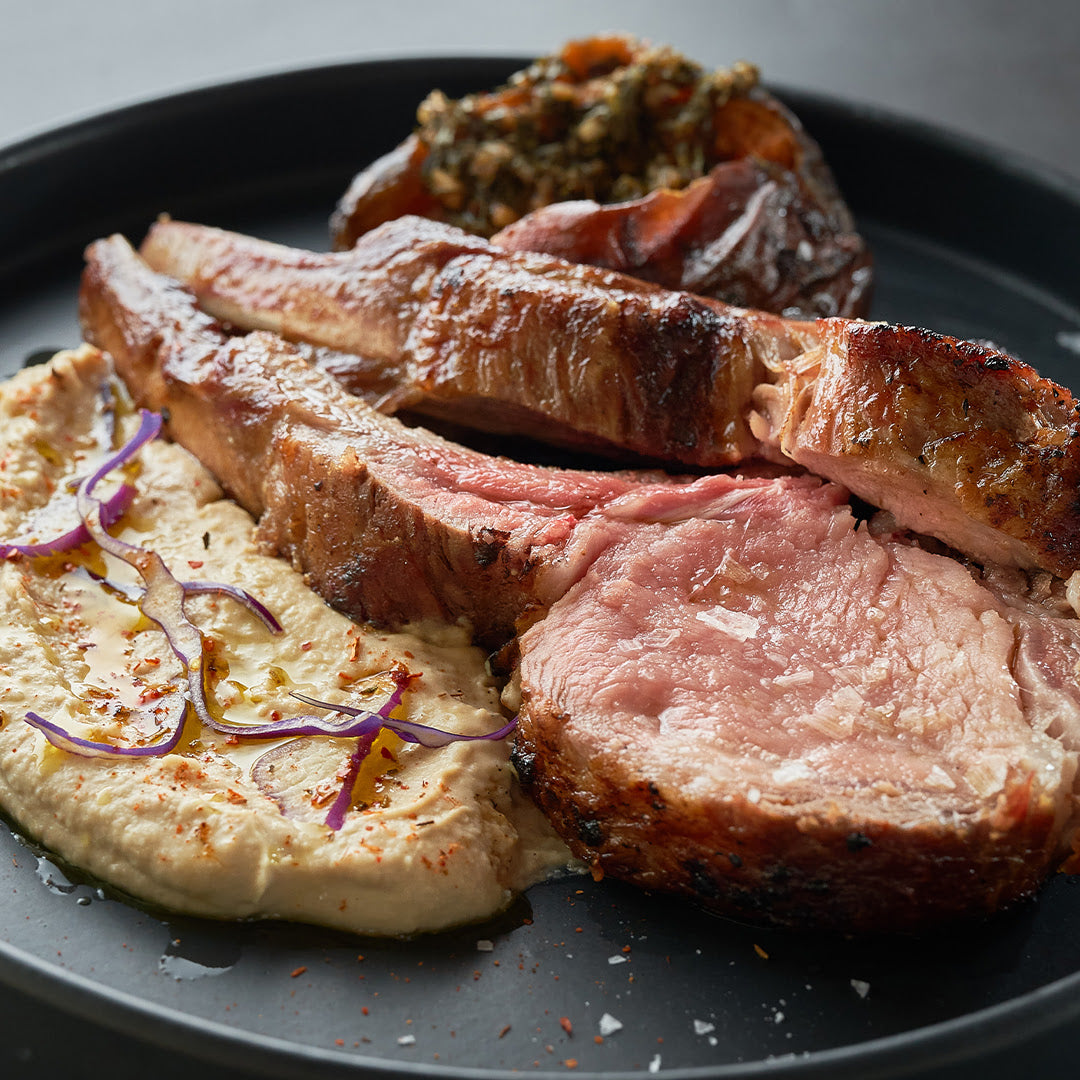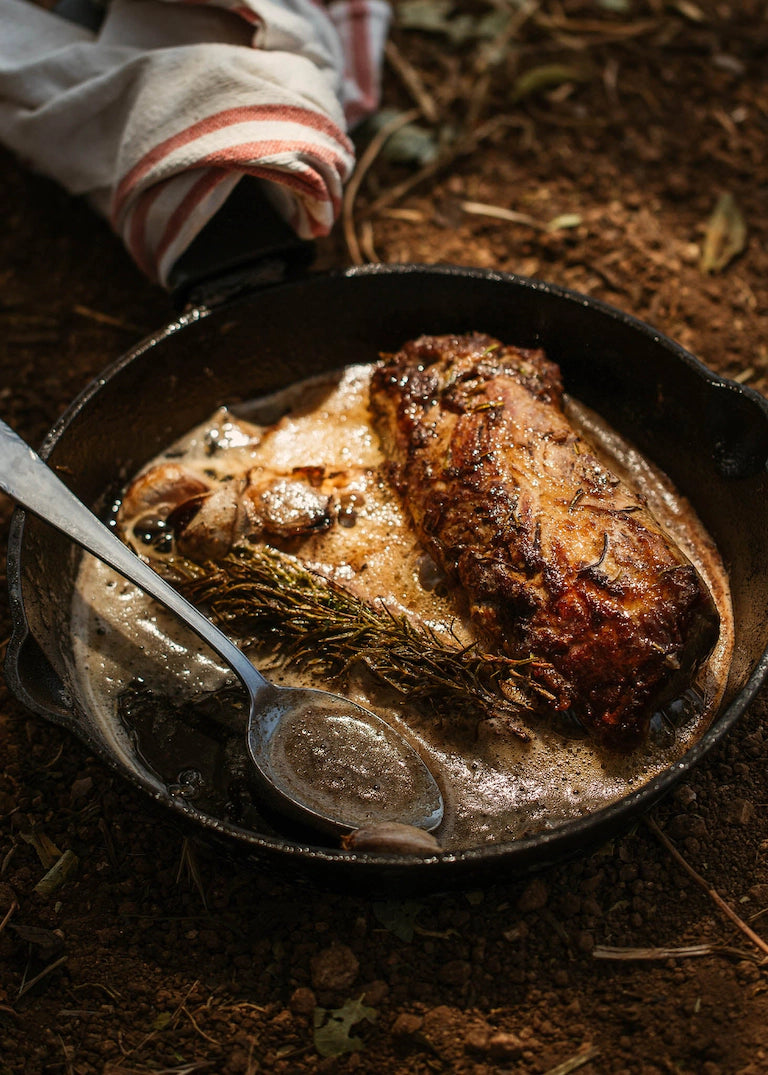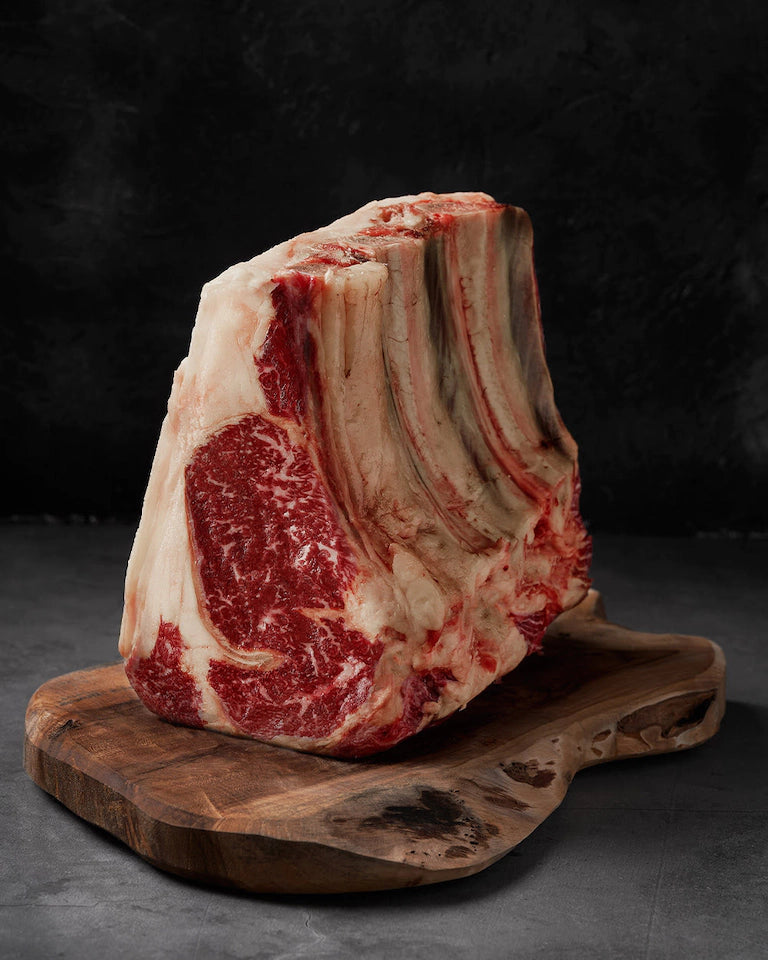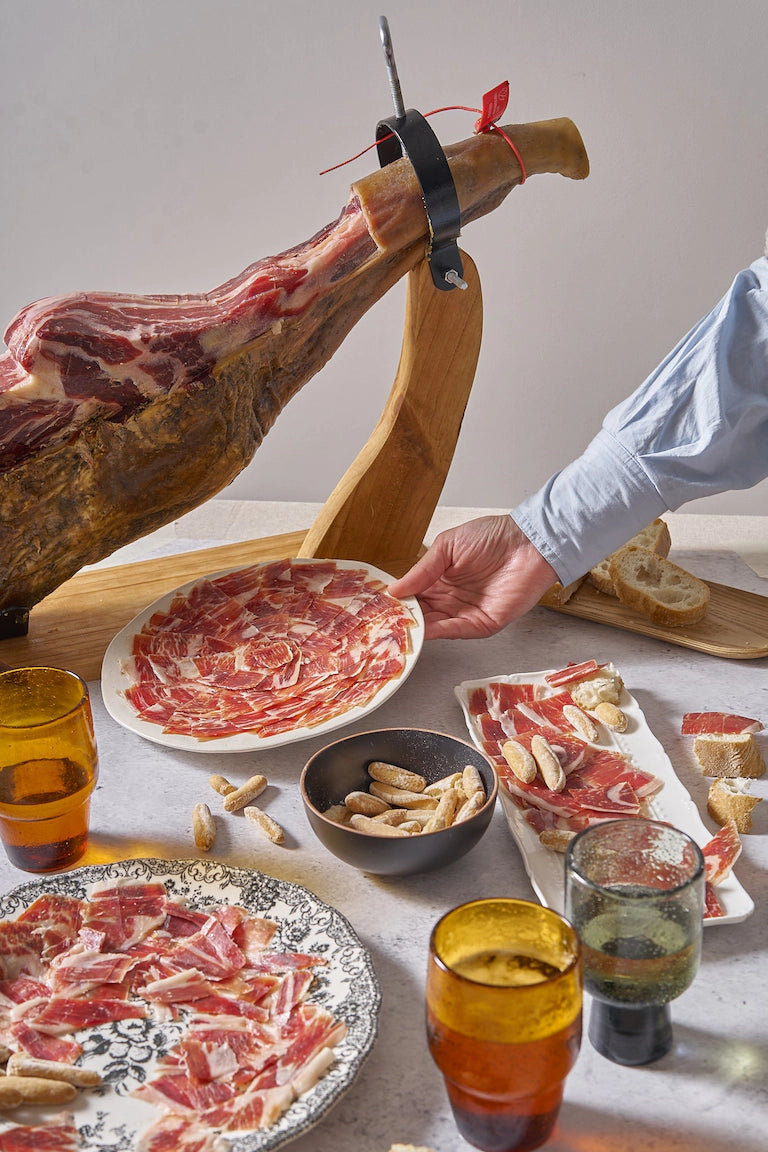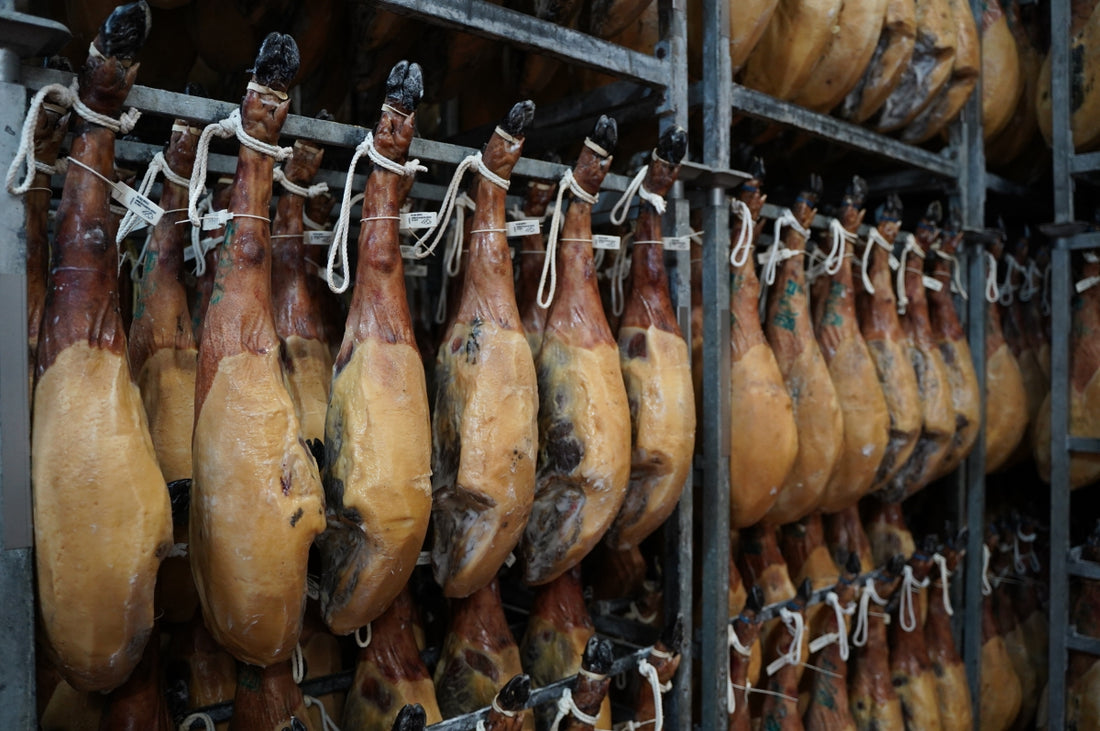
Understanding the differences between Serrano ham and Iberian ham is essential to appreciate and choosing the type of cured ham you consume. In addition, knowing these small details allows you to enjoy much more what makes each one special as a true connoisseur of world gastronomy.
Critical differences between Iberian ham and Serrano ham
Below, we will explore the eight key distinctions that will help you distinguish between these two exquisite cured products.
The race
The breed of pig is a fundamental factor that influences the unique characteristics and qualities of each type of ham. Iberian ham is obtained exclusively from Iberian breed pigs, a variety native to the Iberian Peninsula. These pigs are raised under special conditions and feed mainly on acorns during the montanera season, contributing to their meat's exceptional quality.
The Iberian breed is distinguished by its particular genetics and muscular structure, which favors fat infiltration into the muscles. This fat infiltration capacity is unique to Iberian pigs and is not found in other breeds, such as the white pigs used to produce Serrano ham.
On the other hand, Serrano ham is made from white pigs, a breed more common in other regions. These pigs have a different muscle structure and genetics than Iberian pigs, which translates into different flavor, texture, and fat profile characteristics.
The origin
Spain and Portugal are the only countries that can produce Iberian hams since Iberian breed pigs are found exclusively in the Iberian Peninsula. In addition, the climatic conditions of these countries are ideal for the curing process of Iberian hams, so nature has endowed them with the necessary characteristics to produce them while preserving their highly appreciated quality.
Healing time
Serrano ham and Iberian ham undergo a curing process, but the time spent on them varies. While Serrano ham requires approximately 15 months to be ready for consumption, Iberian ham needs a more extended period, between 24 and 36 months, or even longer, depending on factors such as the type of Iberian ham and the decisions of each producer to obtain the best possible quality.
This is one of the characteristics that influence the higher price of Iberian ham and the fact that it is a gourmet food of the highest quality, aimed at satisfying the demands of the most discerning palates.
Fat infiltration
One of the distinguishing characteristics of Iberian pigs is their capacity to infiltrate fat into the muscles, which gives rise to the characteristic marbling of Iberian ham. White pigs do not have this fat infiltration capacity, which makes an essential difference in the texture and flavor of the ham.
Hoof color
Another notable difference between Iberian ham and Serrano ham is the color of the hoofs of the pigs used in their production. This visual characteristic is a simple and quick way to distinguish between the two types of ham.
The Iberian pig is distinguished by its dark hoof color, generally black. This peculiarity is due to its genetics and is one of the most recognizable hallmarks of Iberian ham. This originates from the popular name "pata negra" (black hoof).
In contrast, the hoof of the Serrano ham has the same color as the rest of the pig's leg. This is because Serrano ham is made from white pigs, a breed more common in other regions and countries.
The difference in hoof color between Iberian ham and Serrano ham is due to the genetic and racial characteristics of the pigs used in their production. It is important to note that this visual aspect is not only an indicator of the breed of the pig but also reflects the conditions of breeding and feeding that influence the final result of the ham.
The seals
The labeling system establishes that each Iberian ham must bear a seal on the hoof with a specific color. This allows consumers to identify the type of Iberian ham they purchase visually.
Meat color
Serrano ham has lighter meat with pinkish tones, while Iberian ham is distinguished by its reddish, shiny meat. This more intense color is due to the fat marbling and the longer curing time of Iberian ham.
The taste
The infiltration of fat into the muscle, combined with a diet based on acorns and aromatic herbs, and the exercise that the Iberian pigs perform in the pasture during the Montanera season, contribute to an intense and juicy flavor in Iberian ham, with a wide variety of nuances and an unequaled aroma.
